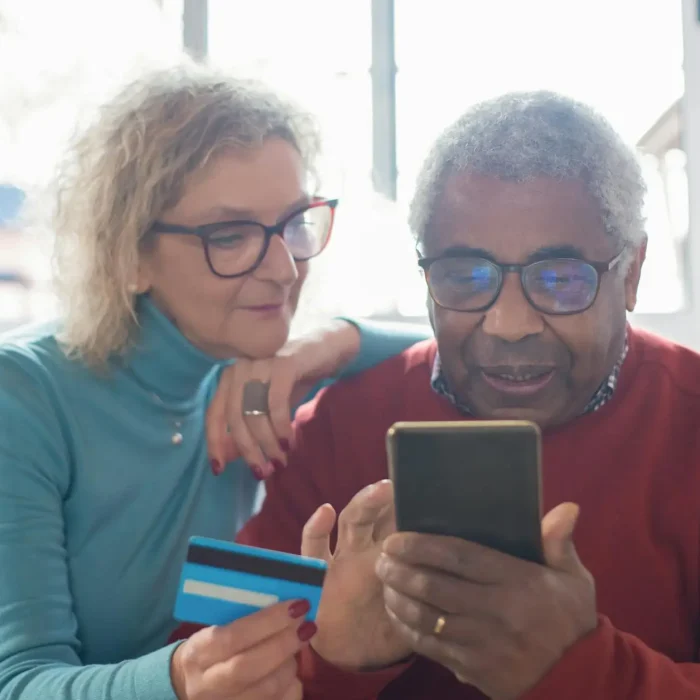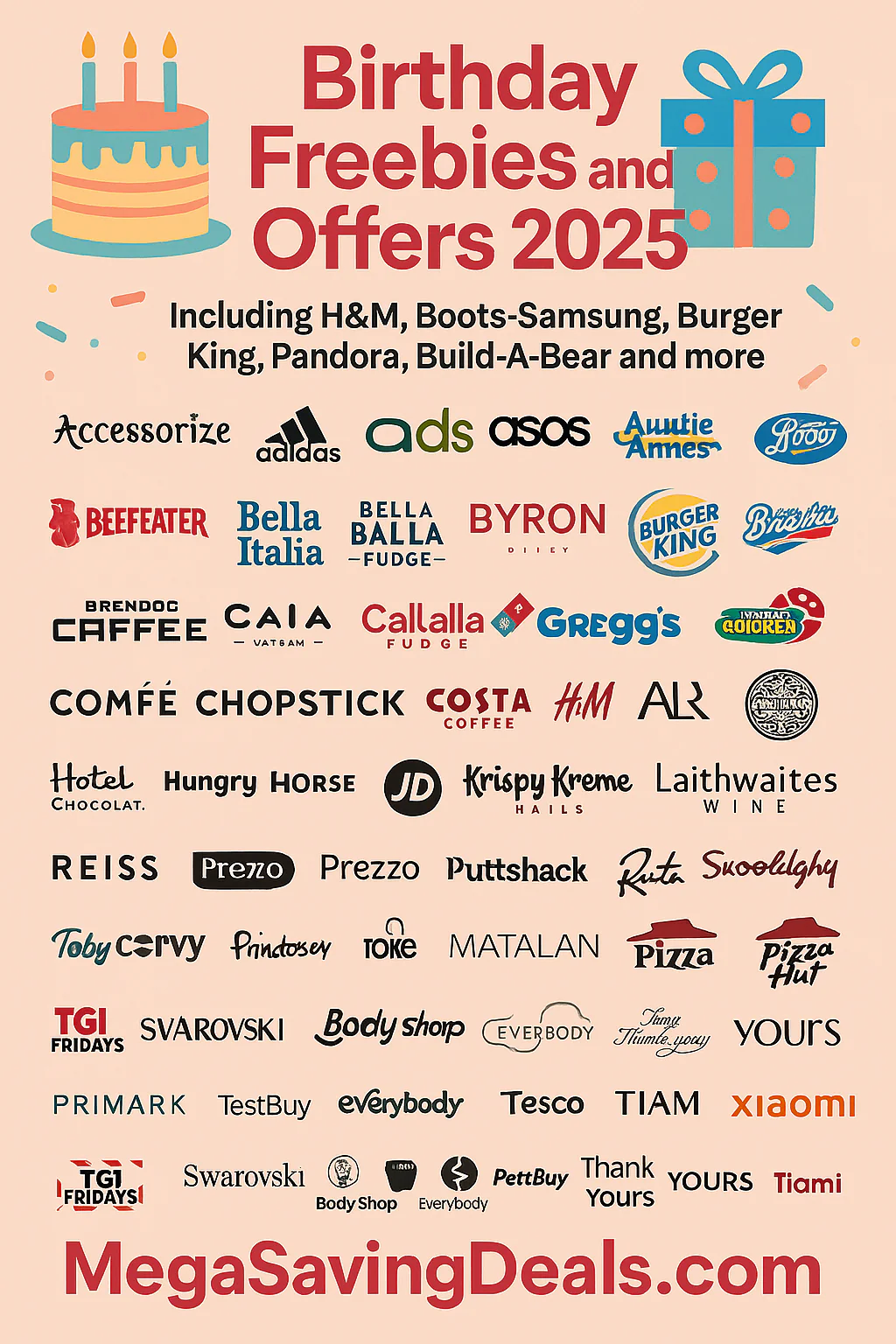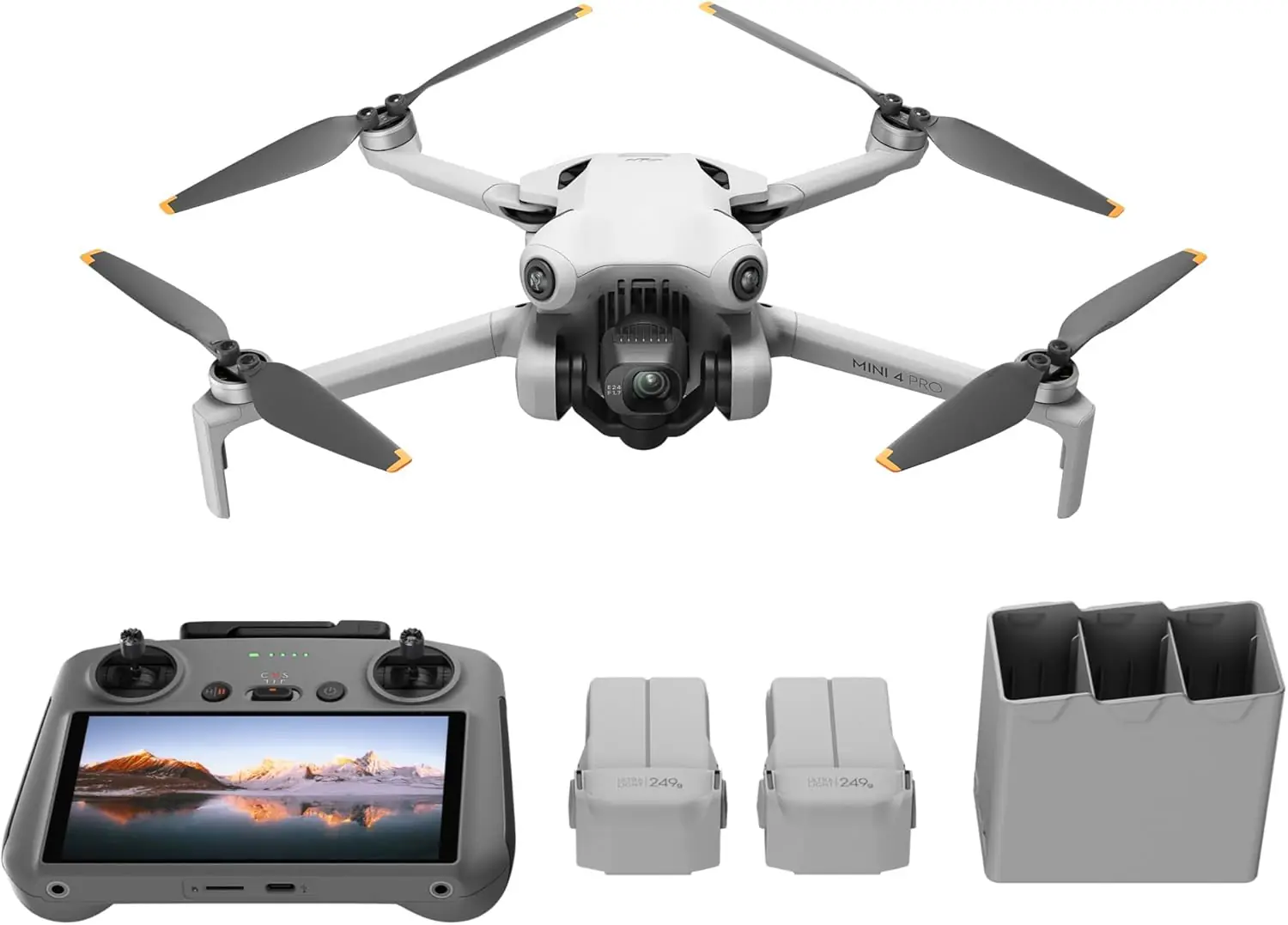Disclaimer:
While we’ve made every effort to ensure the accuracy of this information, it does not constitute legal advice specific to your situation. Any actions you take based on this article are at your own risk. We cannot accept responsibility for any loss or damage resulting from its use.
💳 A little-known card protection could be your safety net when a refund seems impossible.
If you’ve paid for goods or services with your credit, debit, or charge card and something goes wrong—say, the company goes bust or your item never arrives—you may still be able to get your money back. This is thanks to a valuable mechanism called chargeback.
🔍 What Is Chargeback?
“Chargeback is part of the card networks' rules—not UK law—but it can be incredibly effective in recovering lost money.”
— Financial Ombudsman Service
Chargeback allows you to ask your card provider to reverse a transaction when something has gone wrong and the seller won't help.
It applies to all the major networks:
- Visa Debit, Maestro, Visa Electron
- Mastercard Debit, Prepaid Visa/Mastercard
- Visa, Mastercard, and Amex credit cards (for amounts under £100—above that, Section 75 kicks in)
Your bank contacts the seller’s bank and requests the refund on your behalf. If successful, the money is returned even if the company is in administration.
“Chargeback isn’t guaranteed, but if your claim is valid,
banks often honour it.”
✅ When Can You Use Chargeback?
Chargeback can be used when:
- A business goes bust and doesn't deliver your goods.
- Goods are defective or not as described.
- Non-delivery occurs—your item or service never arrives.
- There's a technical or clerical error—like being charged twice.
- You’ve experienced fraud and didn’t authorise the transaction.
- A business goes bust and doesn't deliver your goods.
- Goods are defective or not as described.
- Non-delivery occurs—your item or service never arrives.
- There's a technical or clerical error—like being charged twice.
- You’ve experienced fraud and didn’t authorise the transaction.
❌ When Chargeback Doesn’t Apply
- Delayed complaints: Generally, claims must be made within 120 days of the problem (not purchase)—but some banks allow up to 540 days depending on the situation.
- PayPal payments: You often lose chargeback protection when paying through third-party platforms. See Section 75 rights – Think Twice Before Using PayPal with Your Credit Card
- Part payments: Only the amount paid on the card is recoverable (unlike Section 75 which covers full value).
💷 How Much Can You Claim?
- Visa/Amex: No minimum spend.
- Mastercard: Minimum spend of £10.
- There's no upper limit, but only the amount actually paid on the card is covered.
🆚 Chargeback vs Section 75
If you used a credit card and spent more than £100, Section 75 might offer even stronger protection—because it’s a legal right under the Consumer Credit Act 1974.
| Feature | Chargeback | Section 75 |
|---|---|---|
| Legal protection? | ❌ No | ✅ Yes |
| Credit & Debit Card? | ✅ Yes | ❌ Credit only |
| Time limit? | ⏳ Yes (120–540 days) | ❌ No limit |
| Amount limit? | ✅ All (min £10 for Mastercard) | ✅ Only £100–£30,000 |
| Recover full cost? | ❌ Only what was paid on card | ✅ Full transaction value |
| Can claim for associated costs? | ❌ No | ✅ Yes |
| Ombudsman appeal? | ✅ Yes | ✅ Yes |
| Covered via PayPal? | ⚠️ Sometimes | ❌ No |
🎯 When You're Covered by Both
If you qualify for both chargeback and Section 75, it’s often best to try chargeback first. It’s faster and less formal. If that fails, Section 75 is a solid backup—especially since it has no time limit.
“Use chargeback for debit cards or for purchases under £100.
Use Section 75 for credit card spends over £100.”
But if a Section 75 claim takes too long and you miss the chargeback window, don’t panic. The Financial Ombudsman can still review your case.
💻 What About PayPal?
Usually, using PayPal breaks the chain of protection. But there’s a workaround:
If your PayPal balance is empty and you pay directly using your linked card, chargeback may still apply
—because your card provider can track the payment directly to the retailer.
🔔 Warning: Never pay with your credit card via PayPal if you want Section 75 protection—you’ll lose it.
📝 How to Make a Chargeback Claim
- Exhaust all options with the retailer first—email, call, or write.
- Contact your card provider, not the card network (e.g., HSBC if it’s an HSBC Mastercard).
- Provide:
- The transaction details.
- Proof of purchase.
- Any evidence of your communication attempts.
Some banks require a form, others accept a call or secure message.
⏱ Time Limits
- Most claims must be made within 120 days of the issue (e.g., failed delivery or event cancellation).
- In some cases, claims are allowed up to 540 days after the transaction.
⏳ How Long Does It Take?
Refunds can take several weeks. If there's no resolution in 8 weeks, escalate to the Financial Ombudsman—it's free and impartial.
— Financial Ombudsman Service
“If the bank’s taking too long or refuses your chargeback unfairly, you can take your case to us.”
⚠️ Chargeback Refunds Can Be Reversed
Yes, it’s called a “clawback.” The retailer has the right to dispute the refund, and if successful, the money can be taken back within 45 days (20 for Amex). After that, it’s typically yours to keep.
If your refund is clawed back:
- Make a formal complaint to your bank.
- Or escalate to the Financial Ombudsman.
- You can also request arbitration directly through Visa, Mastercard, or Amex, but this waives your right to Ombudsman appeal.
🛠️ If Your Claim Is Rejected
- Request a “letter of deadlock” from your bank.
- If 8 weeks pass with no response, go straight to the Financial Ombudsman.
- Visit: financial-ombudsman.org.uk to submit a free claim form.
📌 Summary: When to Use Chargeback
Use Chargeback if:
- You used a debit card or spent less than £100 on a credit card.
- The seller won’t refund you or can’t be contacted.
- You’re within the time limits.
- You’ve already tried contacting the retailer.








